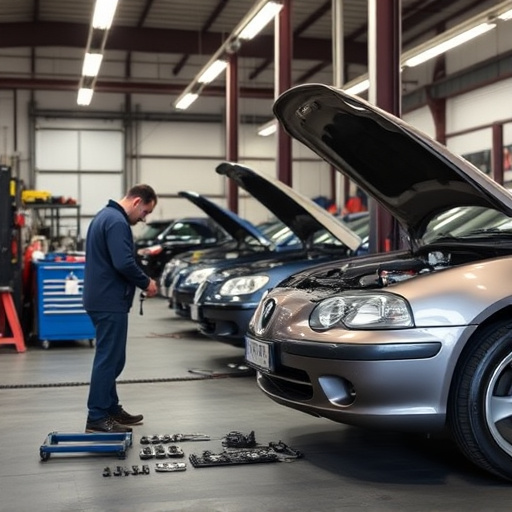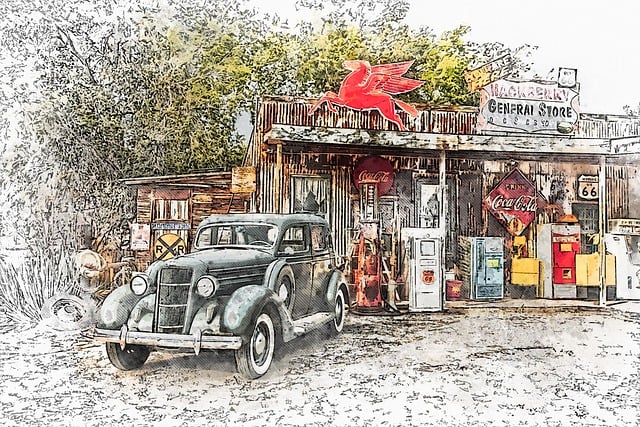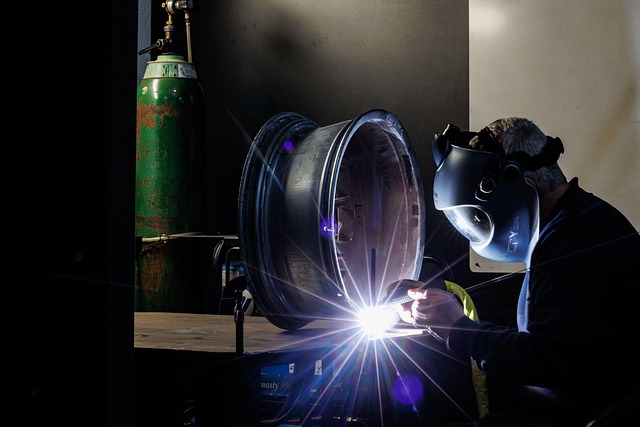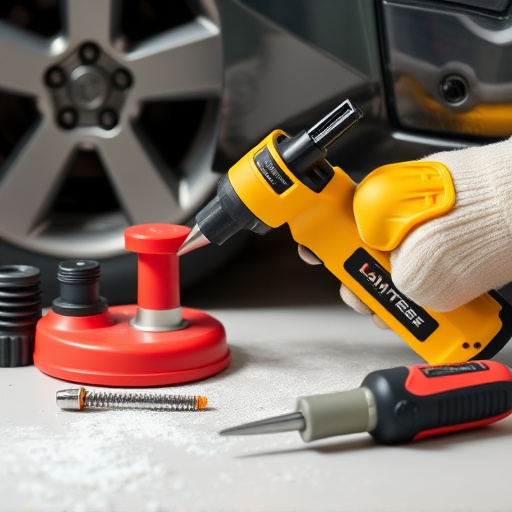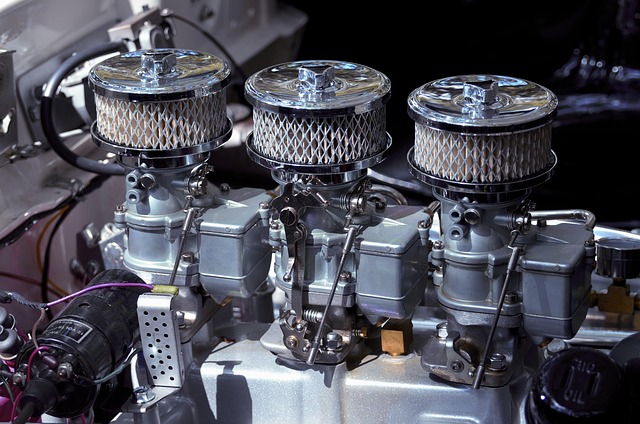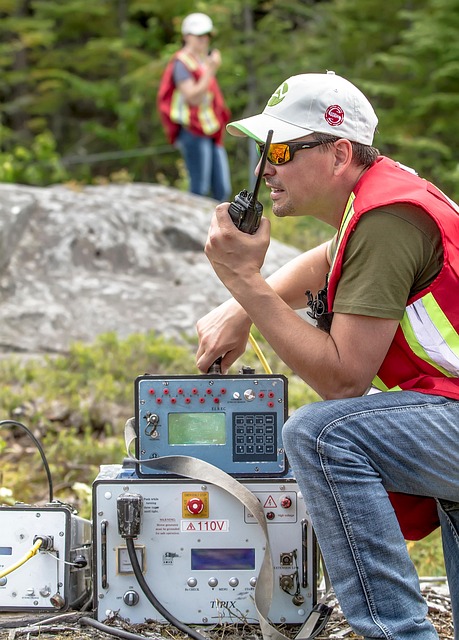Auto repair estimating is a critical process for collision centers and body shops, balancing accuracy and efficiency to ensure transparency, maintain service standards, and drive business growth. It involves precise damage assessment, comprehensive knowledge of parts and labor costs, clear client communication, adherence to best practices, and industry standards. Accurate estimates build customer trust, facilitate insurance negotiations, enhance experiences, and are essential for successful operations in the competitive automotive industry.
Auto repair estimating is a critical skill for ensuring profitable, accurate, and fair service. In today’s competitive market, understanding the intricacies of estimating and implementing best practices can set your shop apart. This article guides you through the essentials of auto repair estimating, from defining its significance to mastering advanced tools, and emphasizes continuous improvement through feedback and adaptability. Discover how these steps enhance your estimating process for better business outcomes.
- Understanding Auto Repair Estimating: The Foundation
- – Definition and significance of auto repair estimating
- – Key components of a comprehensive estimate
Understanding Auto Repair Estimating: The Foundation
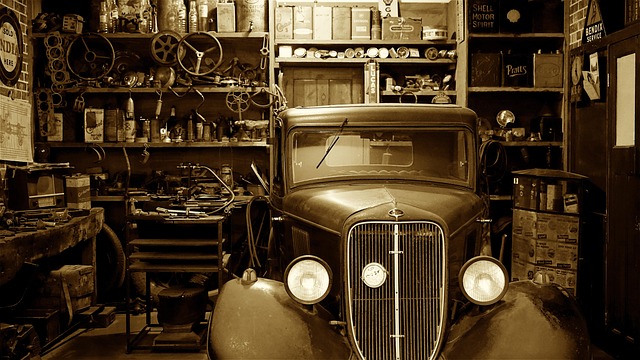
Auto repair estimating forms the backbone of any successful auto collision center or car body shop. It’s a complex process that involves accurately assessing damage, understanding replacement parts and labor costs, and effectively communicating these details to clients. At its core, auto repair estimating is about balancing precision with efficiency.
For car body shops looking to excel in their field, mastering auto repair estimating is crucial. This involves meticulously documenting damage, cross-referencing it against industry standards and manufacturer guidelines for accurate part replacement, and factoring in labor rates specific to the shop’s capabilities. By adhering to best practices, a car restoration facility can ensure transparency with customers, maintain high service standards, and ultimately, drive business growth.
– Definition and significance of auto repair estimating

Auto repair estimating is a critical process that involves accurately determining the cost to fix or maintain a vehicle. It’s more than just pricing parts and labor; it encompasses assessing damage, considering various repair options, and factoring in overhead costs for businesses like collision centers and auto detailing shops. The significance lies in its role as a foundation for successful business operations. Accurate estimates ensure customer satisfaction by setting clear expectations, enhancing trust, and promoting long-term relationships.
For collision centers, precise estimating is vital to managing resources efficiently, maintaining profitability, and ensuring high-quality service. It enables them to allocate parts and labor rationally, negotiate with insurance companies effectively, and provide transparent pricing to clients. By implementing best practices in auto repair estimating, businesses can streamline operations, reduce errors, and ultimately, deliver superior customer experiences in the competitive automotive industry.
– Key components of a comprehensive estimate
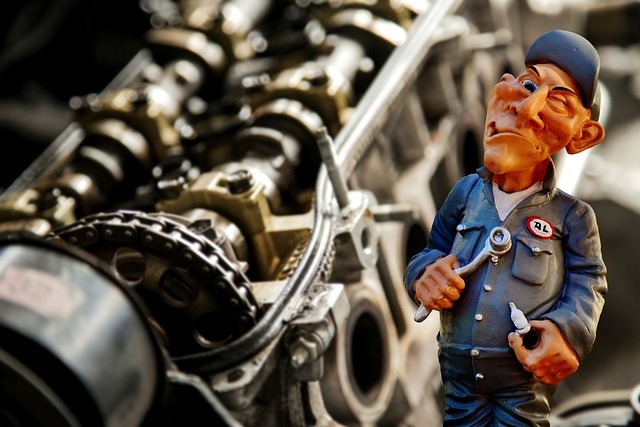
A comprehensive auto repair estimate is a crucial document that outlines the scope and cost of necessary repairs for a vehicle. It serves as a roadmap for both the mechanic and the client, ensuring transparency and agreement on the work to be done. The key components of such an estimate include a detailed breakdown of parts and labor costs, along with an accurate assessment of the time required for each repair. This involves identifying specific auto repair estimating methodologies that align with industry standards and best practices.
Additionally, a comprehensive estimate should encompass all relevant aspects of car restoration or body repair, including diagnostics, structural integrity checks (like auto frame repair), and any preventive maintenance recommendations. It’s not just about fixing what’s broken; it’s about ensuring the car is restored to its optimal condition. This involves employing precise techniques for auto repair estimating, factoring in potential hidden damage, and offering a clear picture of post-repair performance and reliability.
Auto repair estimating is not just a technical skill but an art that requires precision, knowledge, and adaptability. By understanding the fundamental principles outlined in this article—from defining auto repair estimating to identifying key components of a comprehensive estimate—shop owners and managers can streamline their processes, enhance accuracy, and ultimately provide better service to their customers. Implementing these best practices will not only improve customer satisfaction but also contribute to the long-term success and profitability of any automotive business.



